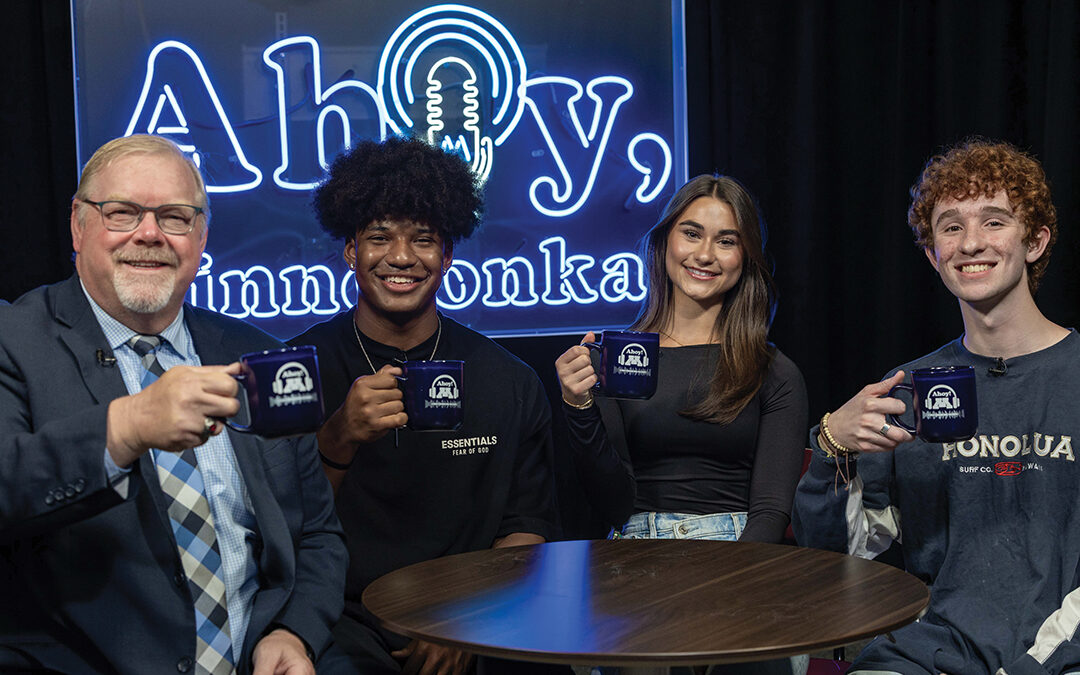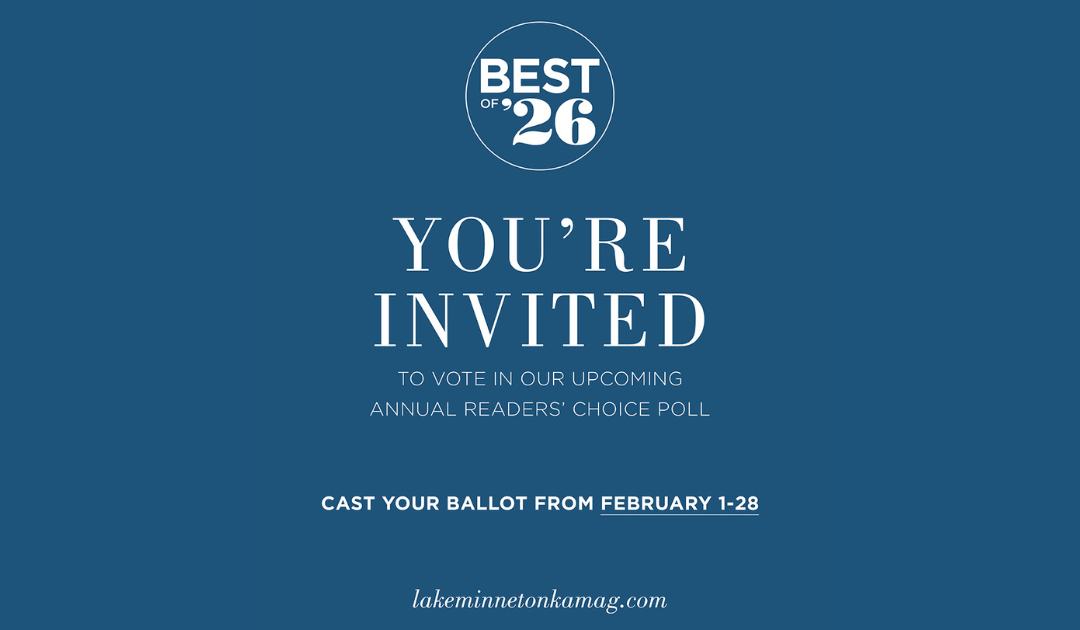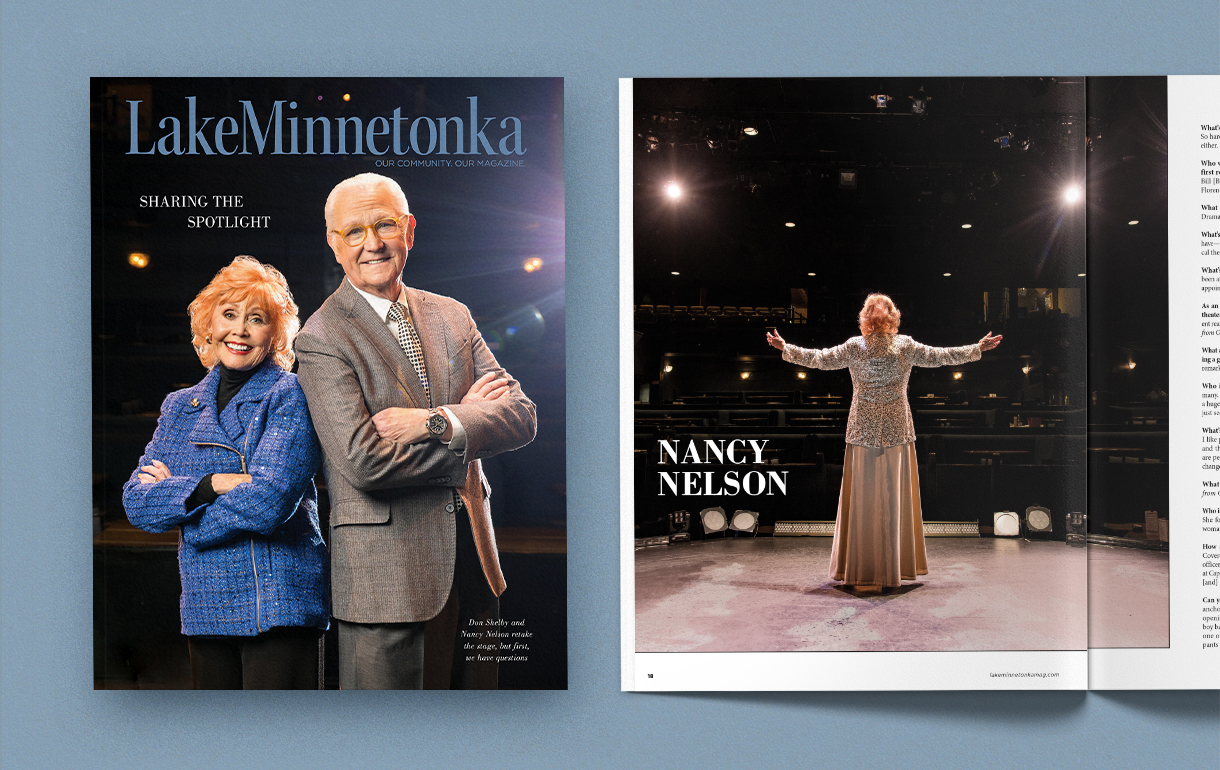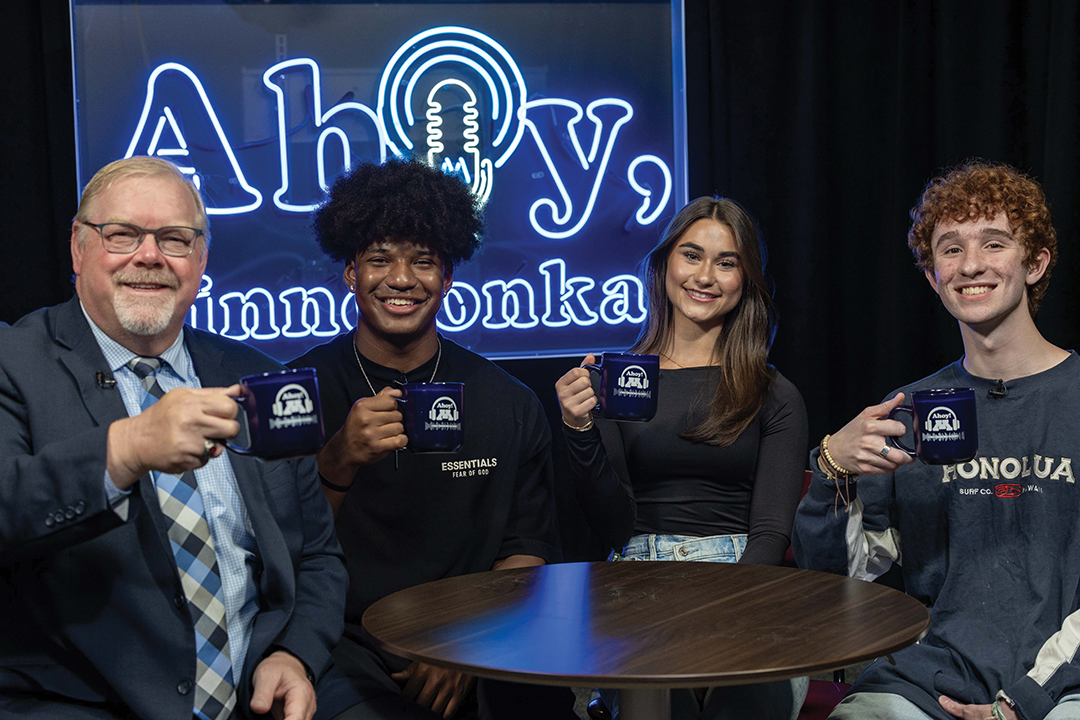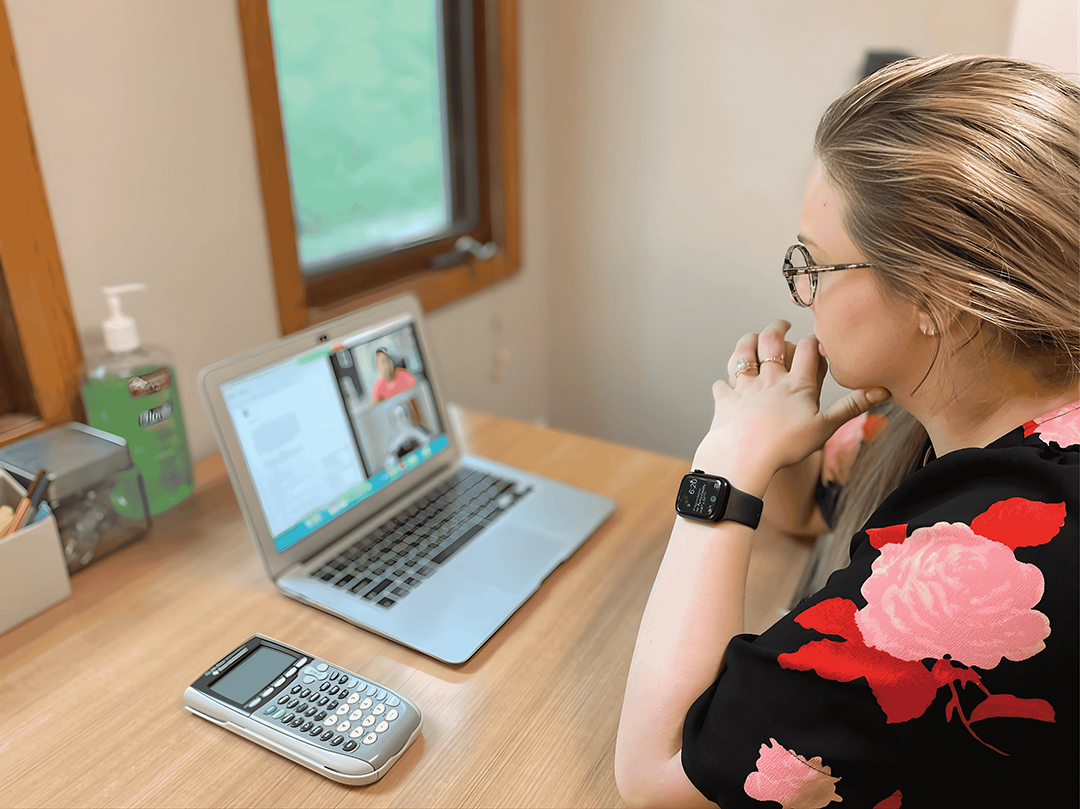
iStock/PeopleImages
At Hopkins Eye Clinic, specialists are using Vistagraph to evaluate reading efficiency.
For centuries, parents and teachers have explored different methods to help children who struggle with reading. Many times, poor overall vision—especially in early-elementary students—is to blame. But the link between vision and reading goes even deeper. At Hopkins Eye Clinic, specialists are using a new technology to evaluate reading efficiency. The Visagraph records and measures eye movements.
Dr. Nathan Langemo notes that people often associate the dislike of our struggle with reading with whether they have found the right book or not. And even though that’s sometimes the case, he says, “reading is hard.” It takes a lot of body and brain parts—including all the complex processes of the eyes—working together successfully.
“Especially at that age when students go from learning to read to reading to learn, if that transition doesn’t happen smoothly, there is going to be a disconnect,” Langemo says. “If they get a little behind, then that gap keeps getting bigger and bigger.”
For each Visagraph test, patients wear special goggles while they read a short excerpt that coincides with their age. As they read, the goggles track the movements of the eyes for reoccurring patterns. Next, the patient is asked to take a 10-question quiz to test comprehension of the text. (A score of 70 percent or above is considered comprehensive reading.)
The test then compares 10 measurements from the patient’s test to national grade-level goals to detect the average reading efficiency. These measurements include elements like the eyes’ fixation on the words; the number of times the patient re-reads words or phrases; the amount
of time they spend on the words each minute; and the directional “attack”—the pattern the eyes follow when taking information in.
Langemo has worked with patients as young as first graders, and recently had a college graduate who had always struggled with her reading pace. She said it tended to take her three times as long as her peers to complete certain assignments in college, and the struggle carried on into the workforce. She took the Visagraph test and discovered that her reading efficiency was comparable to a third-grade level.
“She got a little emotional because it showed that this is why she was struggling, but she didn’t know that this technology was out there, and that there is training that can be done to make your eyes better,” Langemo says
And that’s the heart of the matter: There are ways to improve the way our eyes read. Visual training is considered on a case-by-case basis and is catered to the patient’s specific vision needs. It consists of exercises that strengthen reaction times and increase the eyes’ ability to move at an effective rate, making pace ranges more enjoyable and comprehensive.
Bright Eyes
Dr. Nathan Langemo shares his tips for taking great care of your peepers.
- Minimize screen time. Over time, our eyes become so fixated on screens that they don’t blink as frequently, which can cause dryness, irritation or blurriness.
- Blink frequently. Force yourself to get a good, squeezing blink in every so often.
- Get a look away. Follow the rule of 20. For every 20 minutes of screen time, take 20 seconds and look away 20 feet to give your eyes a break.
Hopkins Eye Clinic
29 Ninth Ave. N., Hopkins
952.935.2020

